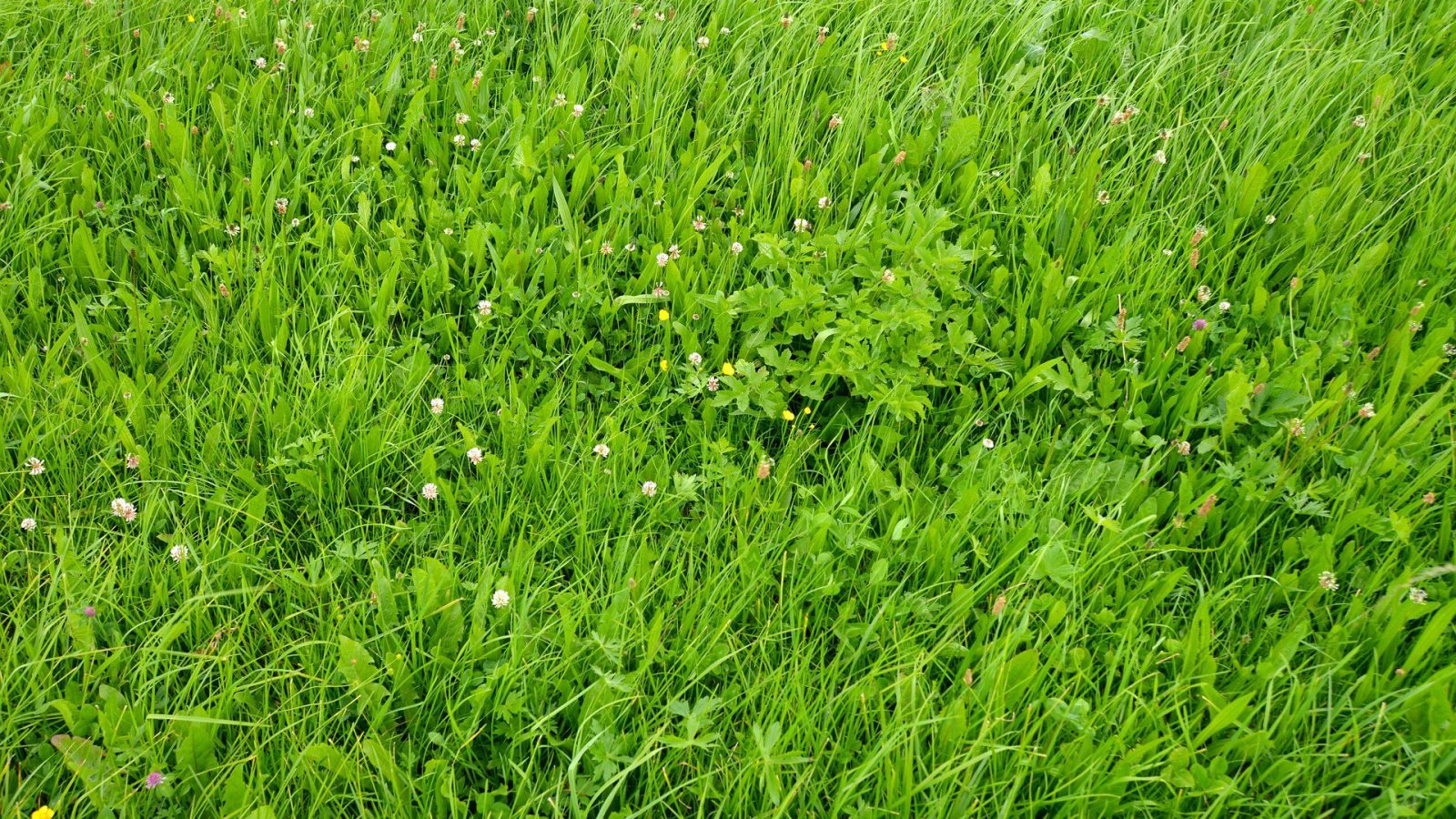Bijeenkomst: EGF2015 Auteur: Virkajärvi P., Rinne M., Mononen J., Niskanen O., Järvenranta K. and Sairanen A. ISBN: 978-9090-289-61-8 Jaar van uitgifte: 2015 Producttype: Paper In Finland milk and beef contribute 50% of the agricultural gross return. The growing season is short, 125-180 days, and therefore the indoor period plays a major role relative to the …
The behaviour and production of dairy cattle when offered green pasture or exercise pen
Bijeenkomst: EGF2015 Auteur: Jørgensen G.H.M., Eilertsen S.M., Hansen I. and Aanensen L. ISBN: 978-9090-289-61-8 Jaar van uitgifte: 2015 Producttype: Paper The aim of the experiment was to investigate the activity and behaviour of dairy cows with access to different outdoor areas. The study took place on two commercial farms with loose-housing and automatic milking systems …
The behaviour and production of dairy cattle when offered green pasture or exercise penRead More
